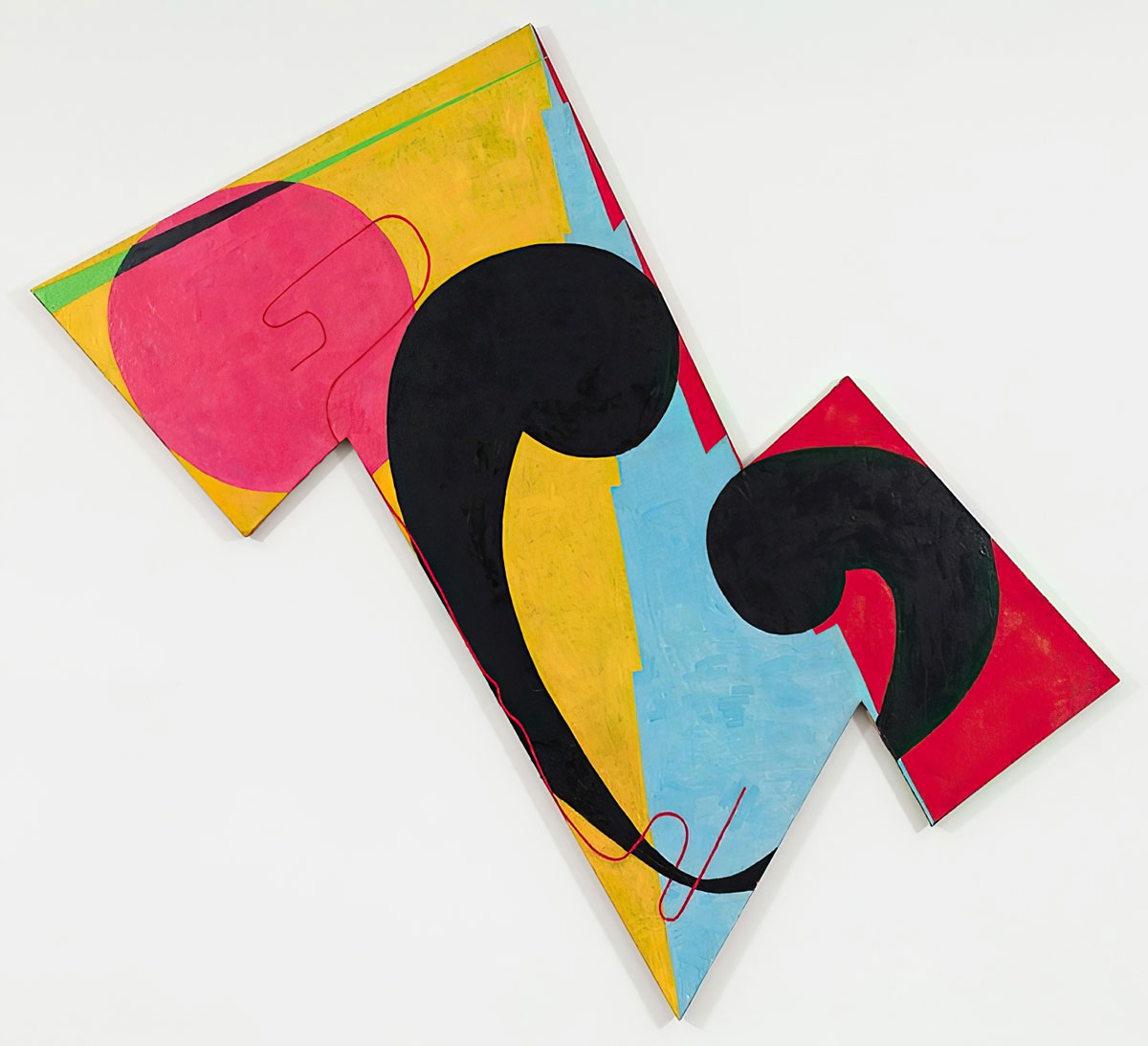ART-PRESENTATION: Elizabeth Murray & Jessi Reaves-Wild Life
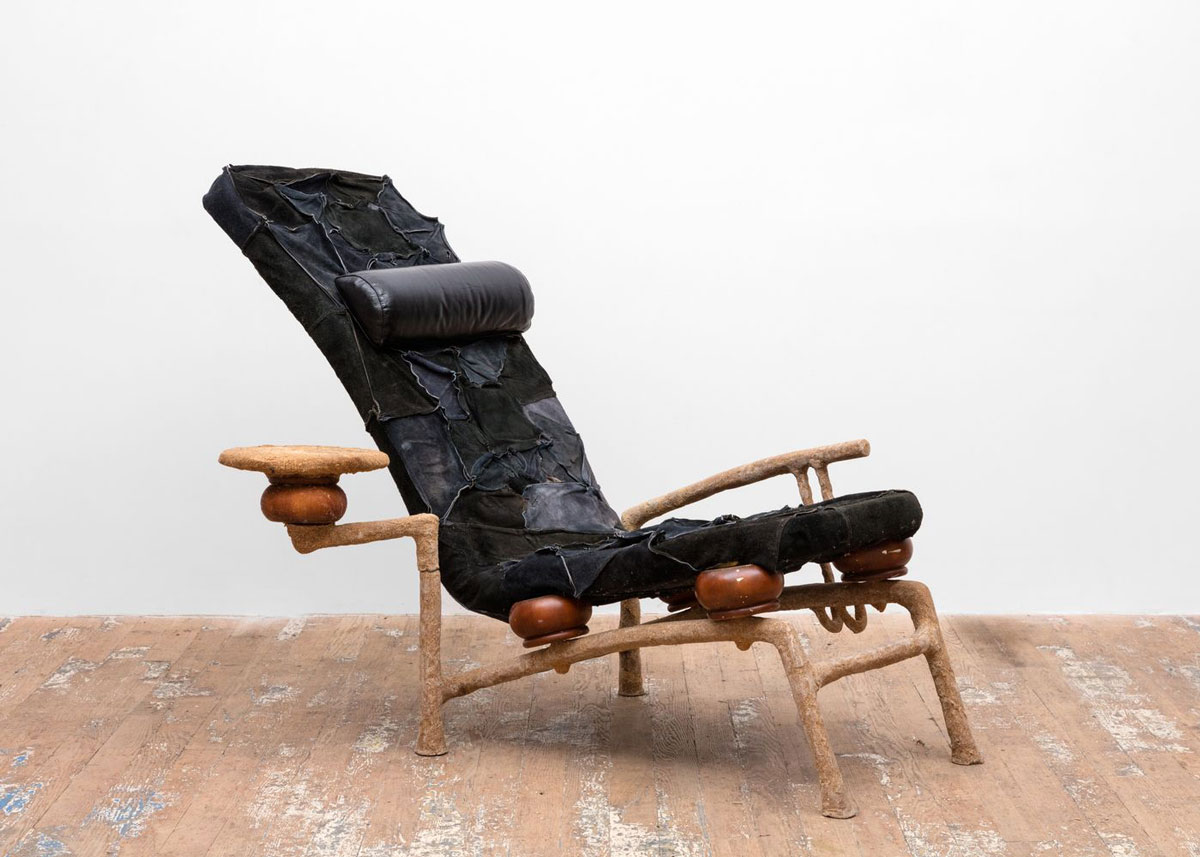 The exhibition “Wild Life: Elizabeth Murray & Jessi Reaves” which brings together paintings by Elizabeth Murray and the work of Jessi Reaves. The exhibition is the first institutional presentation of Murray’s work in Texas since the historic 1987 traveling exhibition “Elizabeth Murray: Paintings and Drawings “at the Dallas Museum of Art. It is the first presentation of Reaves’s work in the Texas, as well as the first exhibition to survey her work of the last six years.
The exhibition “Wild Life: Elizabeth Murray & Jessi Reaves” which brings together paintings by Elizabeth Murray and the work of Jessi Reaves. The exhibition is the first institutional presentation of Murray’s work in Texas since the historic 1987 traveling exhibition “Elizabeth Murray: Paintings and Drawings “at the Dallas Museum of Art. It is the first presentation of Reaves’s work in the Texas, as well as the first exhibition to survey her work of the last six years.
By Efi Michalarou
Photo: CAMH Archive
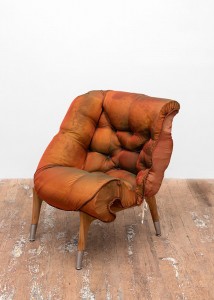
Although Elizabeth Murray and Jessi Reaves are generations apart, the exhibition highlights each artist’s simultaneously lyrical, playful, and rigorous engagement with the decorative, domestic, and bodily. “Wild Life” takes the form of both a survey and a two-person exhibition. Works by Murray spanning the 1960s to the 2000s are presented alongside a selection of Reaves’s sculptural assemblages of the last six years, including her signature ottomans and a site-specific carpeted platform. In their raucous questioning of so-called “good taste,” Murray and Reaves each elevate and emphasize the aesthetic value of the “detail: (historically associated with the ornamental, domestic, and everyday, and thus the feminine) only to violently unsettle and explode such “bad objects.” Elizabeth Murray is best known for her monumental, fractured canvases depicting cartoonish, domestic scenes and still lifes. Her earliest works from the late 1960s, in particular a series of small paintings of the Empire State Building featuring tromp l’oeil borders of rippling fabrics or leafy vines, reflect the influences of Surrealism and Pop, as well as the work of peers now associated with the Hairy Who* and Bay Area Funk Movement**. Murray would soon turn to a reduced visual language of gestural and geometric abstraction. Yet, she never entirely abandoned representational imagery, nor was the domestic sphere far from the artist’s mind, as paintings such as “Up Step” and “White Down Step” (both 1973) attest. Over time, Murray’s shapes expanded beyond the surface of her compositions to form the frame. In 1980, the canvases cracked open into multi-paneled paintings depicting splintering cups, kitchen tables, and fragmented body parts, eventually leading to Murray’s signature, monumental constructions of overlapping and interpenetrating shaped canvases. Despite the significant critical reception Murray received during her lifetime, her work remains an outlier of sorts—avoiding easy categorization and resisting affiliation with a singular historical movement or style. So too does her influence on recent generations of artists, as well as her significant impact on broader conversations regarding the daily and domestic, remain under-examined. Positioning the two artists’ work together both reveals Murray’s lasting influence and historically contextualizes Reaves. Jessi Reaves’ eccentric, garish, and surreal sculptures made of ripped, recombined, and reupholstered amalgamations of couches and chairs, often by noted modernist designers such as Marcel Breuer and Isamu Noguchi, extend Murray’s own cartoonish plays into three dimensions. Sumptuous and grotesque in equal measure, Reaves’s work both literally and figuratively performs a process of undoing, a laying bare, or laying to waste, of the modernist ideal of form following function. Her often discomfiting assemblages occupy a space between sculpture and furniture, as they puzzle out and defy a history in which ornament (or craft) and modernist design are assumed irreconcilable. Reaves, like Murray, irreverently plays with color and form, high and low cultural references, and notions of masculinity and femininity. In each artist’s work, we find a refusal of rigid categorizations and, instead, an embrace of the nuanced and often ambiguous conceptions of the body and the home, wherein both body and home are continuously coming together and falling apart.
* Neither a movement nor a style, Hairy Who was simply the name six Chicago artists chose when they decided to join forces and exhibit together in the mid-1960s. As the Hairy Who, Jim Falconer, Art Green, Gladys Nilsson, Jim Nutt, Suellen Rocca, and Karl Wirsum; all recent graduates of the School of the Art Institute of Chicago—began mounting unconventional displays of bright, bold graphic work at the Hyde Park Art Center on the city’s South Side. Over a period of four years, they transformed the art landscape of Chicago, injecting their new and unique voices into the city’s rising national and international profile.
** The Funk Art Movement was a regional art movement, most predominant in Northern California. Many Funk artists began as Bay Area Figurative Movement painters in the 1950s. The movement originated from the bohemian underground in the Bay Area. During the 1960s, the Bay Area, specifically San Francisco, was a free and spiritual environment due to its beatnik art culture and the youth political activism reacting against the Vietnam War going on at the time. A variety of different cultures existed in the city, including poetry, jazz, and art. The freedom of thinking and culture was one of the main reasons that Funk art, a combination of both painting and sculpture, could develop and prosper in the Bay Area.
Photo: Jessi Reaves, Muscle Chair (Laying down to talk), 2016, Suede, steel, sawdust, bun feet, resin, and foam, 45 x 62 x 40 inches, Collection Paul Pincus-New York
Info: Contemporary Arts Museum Houston (CAMH), 5216 Montrose Boulevard, Houston, Texas, Duration: 24/2-16/5/2021, Days & Hours: Wed & Fri-Sun 12:00-18:00, Thu 12:00-21:00, https://camh.org
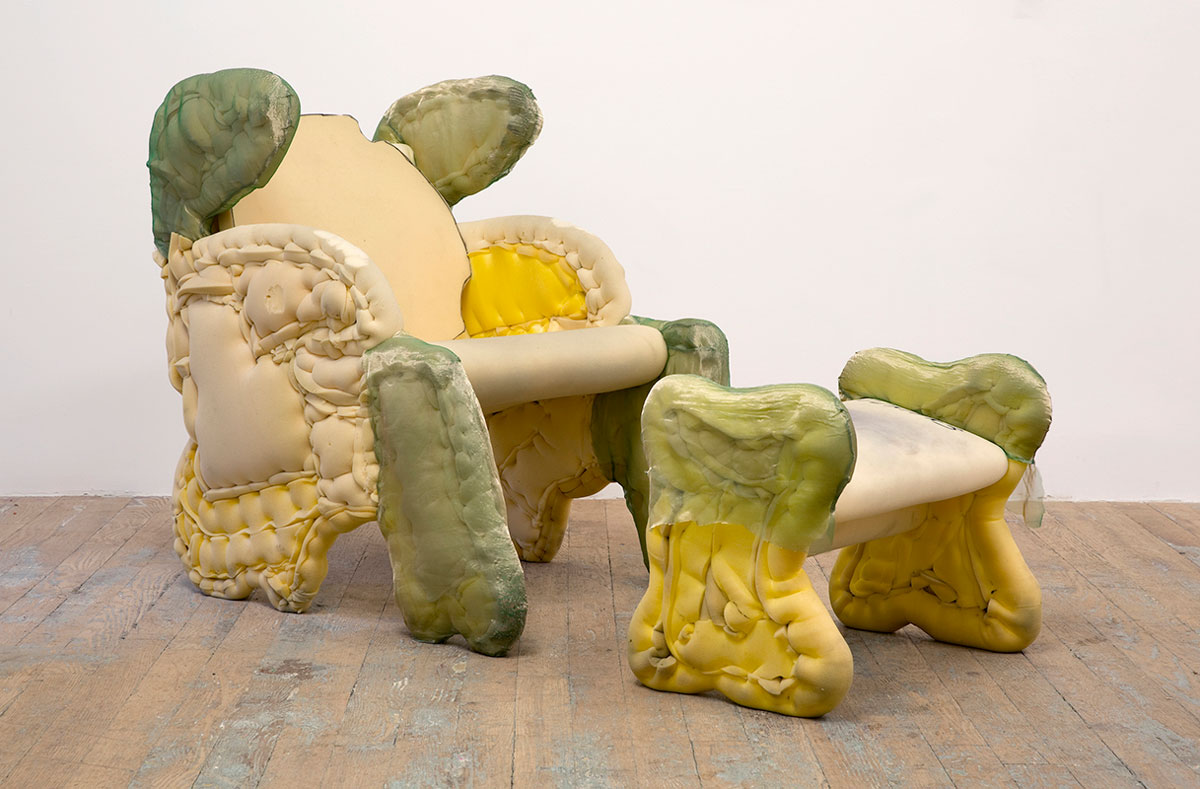
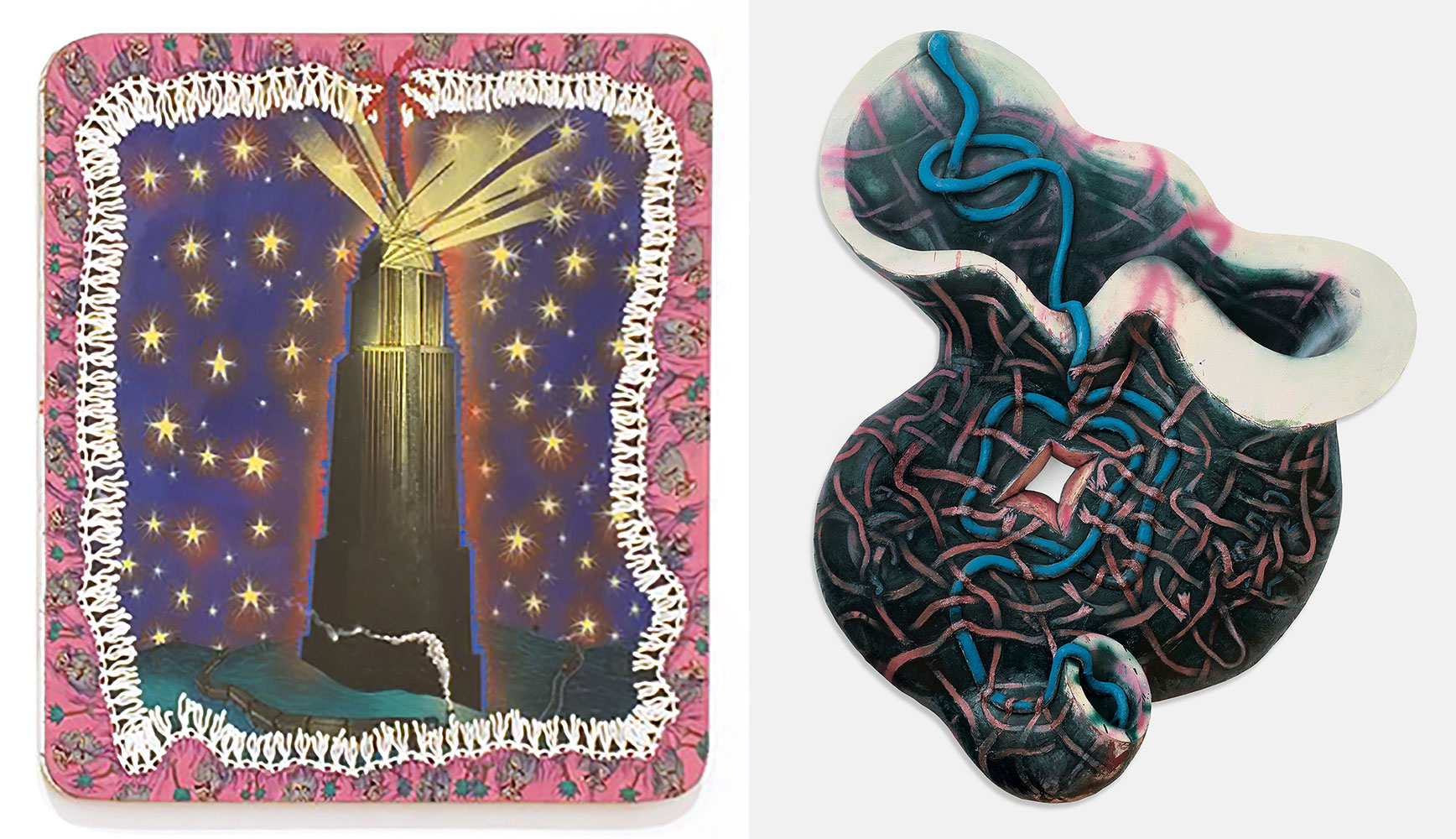
Right: Elizabeth Murray, Tangled, 1989-90. Oil on canvas on wood, 83 1/2 x 66 x 19 inches. Collection Dr. Robert Feldman-Cohoes, New York. ©2020 The Murray-Holman Family Trust / Artists Rights Society (ARS), New York
